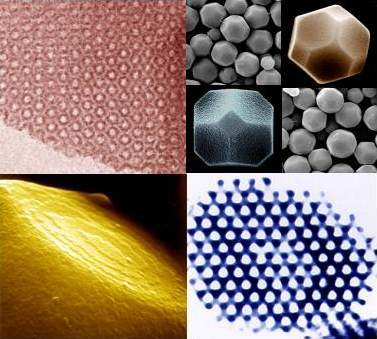Space junk in Earth orbit is becoming a big problem (here's an
previous UT article
that illustrates the problem.) If the International Space Station or an operating communications or science satellite were struck by debris such as an old satellite, launch vehicle parts, or even something as small as a paint chip, it could mean disaster. Space debris also threatens the lives of astronauts and the launch of new satellites today, says Dr. Noam Eliaz, Head of the Biomaterials and Corrosion Laboratory at the School of Mechanical Engineering at Tel Aviv University. An expert in materials science and engineering, Dr. Eliaz is working to create and test new nano-materials and polymers to protect satellites and astronauts alike.
Eliaz is developing nano-based materials with special mechanical properties, such as high strength and wear resistance, and controllable electrical and thermal properties. "This could lead to a superior material for the external blankets of spacecraft," says Eliaz. Some of the materials Eliaz has researched are being used by biomedical device companies and by aircraft industries worldwide.
One candidate Eliaz and his colleagues have investigated is a hybrid nano-material which incorporates small silicon-containing cages that can open and react with atomic oxygen to prevent further polymer degradation. Basically, a silicon skin would form to "patch" a puncture caused by a debris hit.
The team has also conducted space durability studies on polymers developed by the U.S. Air Force and Hybrid Plastics Inc, and the results are being reviewed by NASA and the European Space Agency (ESA). "Our simulation studies were done on Earth to determine how space debris will impact new polymers developed to protect space vehicles," says Dr. Eliaz.
Original News Source:
American Friends of Tel Aviv University
 Universe Today
Universe Today
